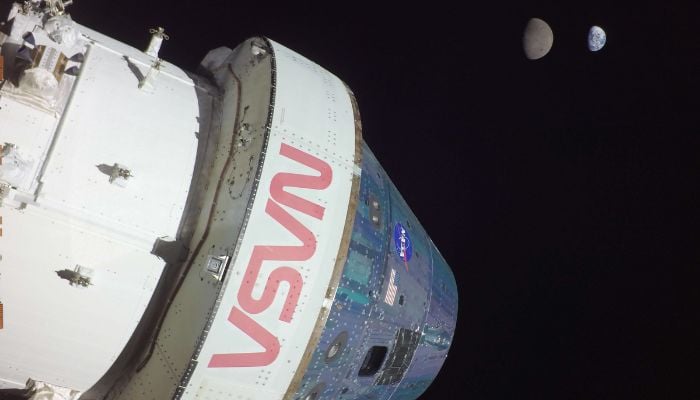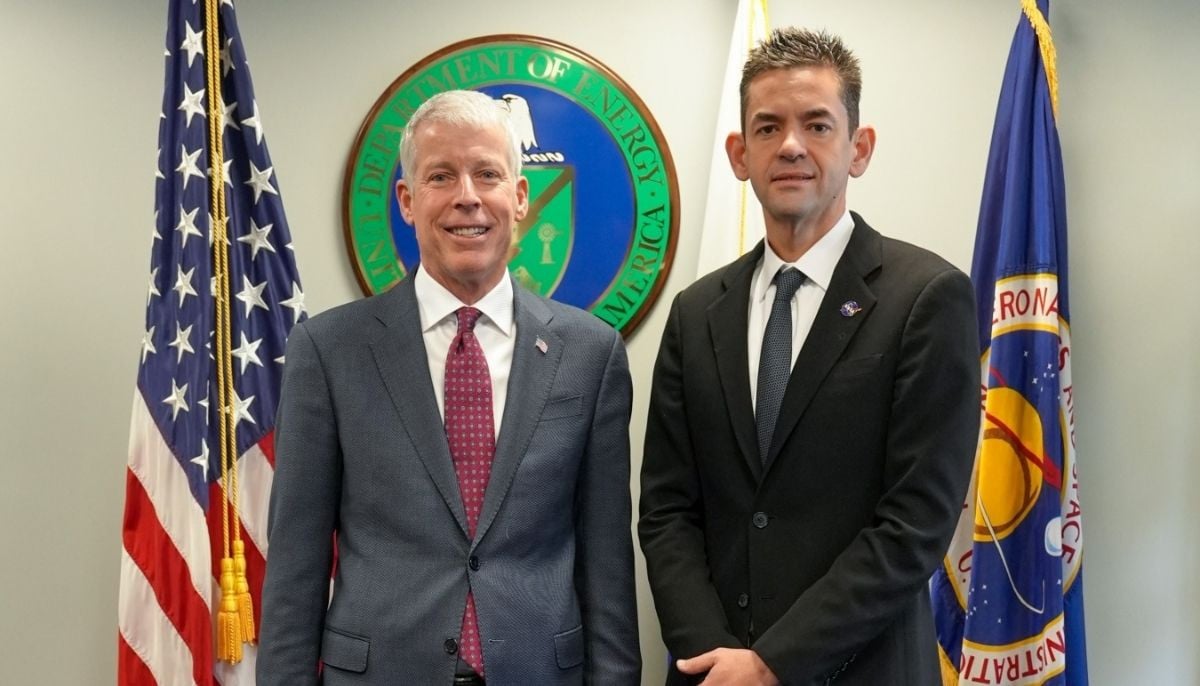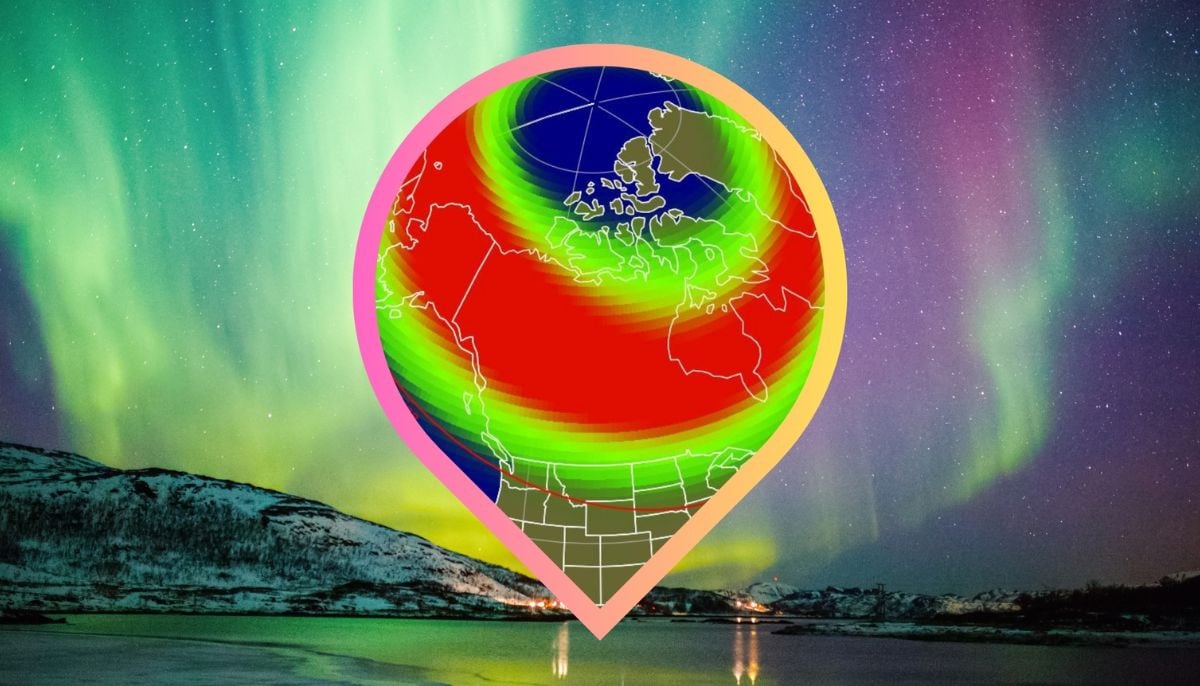'Maximum distance from Earth': NASA's Orion creates new record
On its demonstration mission around moon, US space agency's spacecraft achieves key milestone on Monday
NASA's Orion capsule has reached the furthest any space vessel designed to carry humans ever has by moving 430,000km (270,000 miles) beyond the Earth.
On its demonstration mission around the moon, the US space agency's spacecraft achieved a key milestone on Monday. No spacecraft meant for humans has ever travelled this far before.
The previous record was set by the Apollo-13 mission in April 1970. It travelled 400,171km (248,655 miles) from home while it carried a crew.
While the ship is uncrewed right now, it will carry astronauts in two years' time if the current flight is completed without any incidents. The agency is planning many more complex missions with Orion.
The Artemis program by NASA aims to take people back to the moon after five decades. It has been fifty years since humans visited the lunar surface. The new milestone means the mission has reached half-completion.
"This halfway point teaches us to number our days so that we can get a heart of wisdom," Mike Sarafin, NASA's Artemis mission manager was quoted by the BBC.
"The halfway point affords us an opportunity to step back and then look at what our margins are and where we could be a little smarter to buy down risk and understand the spacecraft's performance for crewed flight on the very next mission."
Since Orion has left for its mission, it has been sending back some fascinating images and videos, the recent one being the footage of the moving in front of the earth.
Launched from Florida's Kennedy Space Center on 16 November on a 26-day mission, the capsule was sent to the mission to ensure that it is capable of carrying astronauts safely.
Orion is a joint effort with the European Space Agency (ESA). ESA provided the huge thrusters that help the capsule make manoeuvres.
The spacecraft is expected to come back to the home planet on 11 December, splashing down in the Pacific Ocean off San Diego in California.
Scientists recently remarked that they were impressed with how Orion has been performing. With the ESA module, the spacecraft has used less fuel than anticipated while also producing more power than expected.
While controllers have noticed some technical issues, "none of the anomalies, or funnies, that are out there are of consequence" Sarafin told the BBC.
-
Elon Musk’s Starlink rival Eutelsat partners with MaiaSpace for satellite launches
-
Blue Moon 2026: Everything you need to know
-
Scientists unravel mystery of James Webb’s ‘little red dots’ in deep space
-
ISS crew of four completes medical evacuation with safe splashdown off California
-
Annular solar eclipse 2026: Here's everything to know about the ‘ring of fire’
-
World’s first ice archive created to preserve fast-melting glaciers’ secrets
-
NASA, DOE to develop Nuclear Reactor on the Moon by 2030
-
Aurora alert: Northern lights visible tonight at high latitudes












